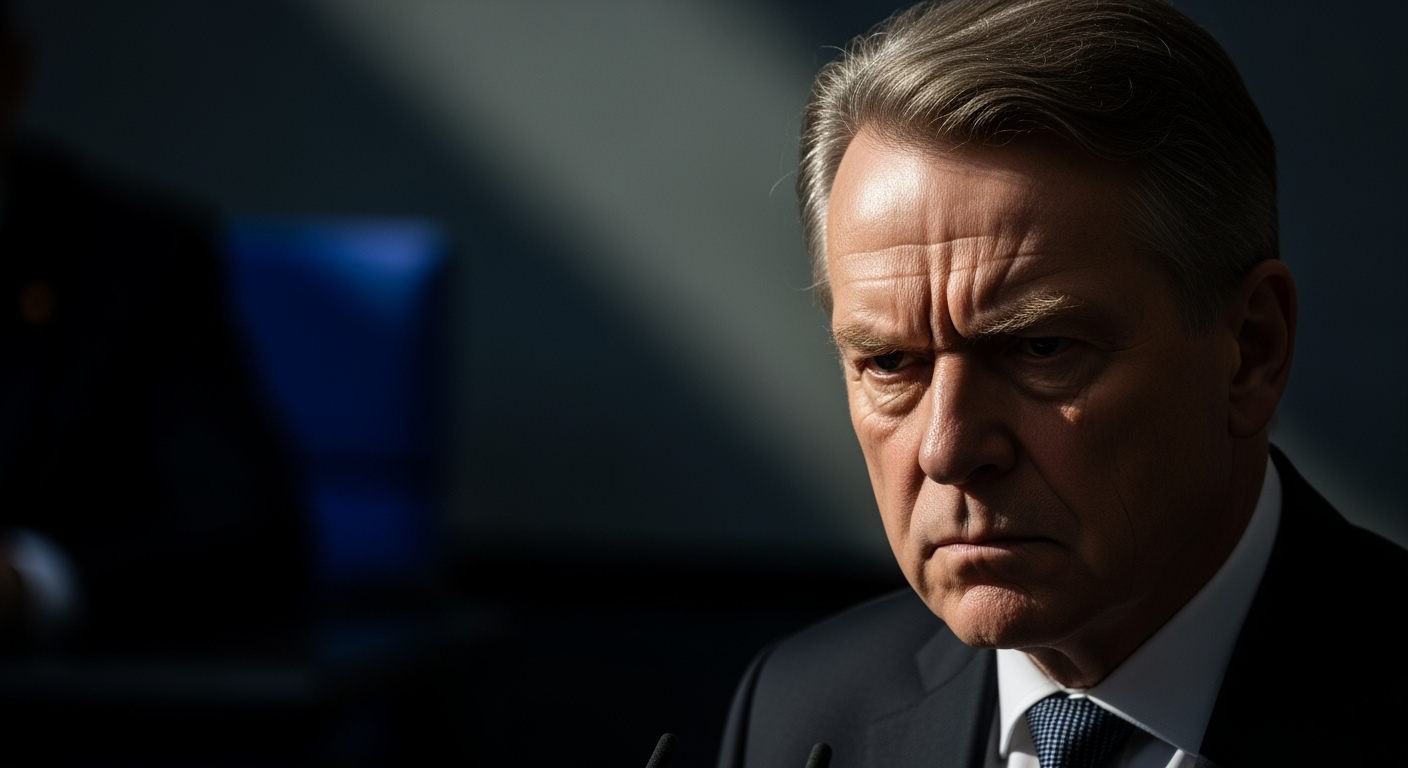Related Articles

The Fading Flame: Unraveling the Decline of Sexual Intimacy in Long-Term Relationships




The cessation of active hostilities in Gaza, often a moment anticipated for relief and reflection, has consistently ushered in an equally intense, though less visible, conflict: a relentless surge of disinformation. This digital battlefield, characterized by a torrent of false, inaccurate, and misleading information, has profoundly shaped global perceptions, exacerbated tensions, and obscured the human toll of the conflict, making the pursuit of truth an increasingly formidable challenge for the public and media alike.
The Gaza conflict has been described by some as experiencing a "deluge of online propaganda and disinformation larger than anything seen before," transforming it into a "world war online." The sheer volume of misleading content, often viral in nature, has spread across social media platforms with tens of millions of posts circulating. This rapid dissemination of falsehoods creates an "information vacuum" that disinformation readily fills, especially during critical junctures like ceasefires when the demand for information is high but verified details may be scarce. The polarized nature of the conflict further fuels this environment, as individuals are often eager to embrace information that validates their existing viewpoints, making them susceptible to unverified claims.
Social media platforms, while offering immediate access to information, have become fertile ground for the propagation of inaccuracies. Platforms like X (formerly Twitter) and TikTok have faced scrutiny for their role in enabling the rapid spread of disinformation, with concerns raised about content moderation policies and algorithms. This pervasive problem means that even when false claims are debunked, they often continue to thrive, influencing public discourse and potentially impacting geopolitical outcomes.
The disinformation landscape surrounding the Gaza conflict is populated by a wide array of fabricated narratives, altered media, and decontextualized content. One of the most infamous examples was the unsubstantiated claim of "40 beheaded babies" following the October 7 attacks. This narrative, which gained traction through official channels and social media, was later debunked, highlighting how quickly unverified allegations can spread and shape public perception, even reaching high-level officials.
Another prevalent tactic involves portraying individuals affected by the conflict as "crisis actors." False claims circulated that Palestinian victims were staging injuries or deaths, with manipulated videos and images purportedly showing the same individuals in different capacities. Fact-checks revealed these claims often used footage of different people or unrelated content, sometimes even from film projects predating the conflict.
Beyond these specific narratives, the broader use of misattributed and manipulated visual media is rampant. Images and videos from other conflicts, such as the Syrian civil war, or even natural disasters, have been falsely presented as current events in Gaza. In some instances, footage from video games like "Arma 3" has been deceptively edited and circulated as real combat footage. Claims of military actions, such as an alleged Israeli military confirmation of bombing a hospital, were also fabricated, relying on fake social media posts. Similarly, conspiracy theories regarding the October 7 attack being a "false flag" operation have proliferated, despite overwhelming evidence to the contrary.
Both sides of the conflict have been implicated in contributing to this infodemic. The Israeli government and affiliated entities have been accused of deploying AI tools and "bot farms" to spread disinformation, dehumanize Palestinians, and sow division. Conversely, pro-Hamas accounts have also misrepresented footage and information. The Gaza Ministry of Health, operating under Hamas, has been accused of potentially overstating civilian casualties and obscuring combatant deaths, leading to distorted media narratives when international outlets reference their data without adequate scrutiny.
The sources of disinformation are diverse, ranging from state-affiliated actors to individual social media users. Government officials, media outlets, and social media influencers across different countries have all contributed to the spread of inaccuracies and falsehoods. The U.S. State Department's Global Engagement Center has characterized the conflict's information environment as an "undeclared information war with authoritarian countries" such as Russia, China, and Iran, and their proxies, who allegedly use state media and covert influence campaigns to support Hamas, undermine Israel, and criticize the United States. Pro-Kremlin actors, for instance, have used the conflict to spread disinformation, including false allegations about Western-supplied weapons being used by Hamas.
Influence campaigns extend to direct efforts to shape public opinion. Israeli cyber companies and government accounts have actively promoted narratives, including falsely claiming that a Palestinian child killed in an airstrike was a staged doll, and accusing Palestinian bloggers of being "crisis actors." This strategic use of information, or disinforming tactics, aims to control the narrative and deflect responsibility.
Social media platforms themselves also play a critical role. Changes at X (formerly Twitter), including cuts to moderation and trust and safety teams, have been highlighted as potentially slowing responses to disinformation and allowing it to spread more quickly. Telegram has also emerged as a significant hub for extremist content and unchecked information. The ease with which users can share unverified content, and the viral nature of emotionally charged posts, means that disinformation can spread extensively even without centralized coordination.
The proliferation of disinformation carries profound real-world consequences, impacting everything from public sentiment to humanitarian operations and civilian safety. When false information about safe areas or routes of evacuation is spread, it can directly endanger civilians attempting to flee conflict zones. Disinformation campaigns that discredit humanitarian workers or organizations, such as the UNRWA and Médecins Sans Frontières, make it harder for them to provide essential aid, as civilians may distrust these sources of assistance.
For journalists and fact-checkers, the environment is increasingly challenging. The deliberate creation of ambiguity and confusion through selective misinformation or outright fabrications makes it difficult to ascertain facts. When major media outlets, initially accepting false narratives, later retract or correct them, it can erode public trust in legitimate news sources. The refusal to grant international journalists visas to enter Gaza further complicates reporting, leaving local Palestinian reporters to operate with limited resources and making verification more difficult.
The constant bombardment of conflicting narratives can also lead to fatigue and cynicism, making audiences less able to discern truth from falsehood. This digital fog of war can influence policy debates and potentially lead to misguided international interventions, as public opinion, swayed by incomplete or distorted information, plays a critical role in shaping foreign policy in democratic societies.
The pervasive disinformation surrounding the Gaza ceasefires underscores an urgent need for enhanced media literacy and critical information consumption. The conflict demonstrates the deliberate and strategic nature of disinformation, designed to manipulate public perception and achieve specific objectives. Combatting this requires a multi-faceted approach, including robust fact-checking, proactive debunking by platforms and journalists, and greater public awareness of common disinformation tactics. Amplifying credible sources and engaging in respectful, fact-based conversations can help counter the spread of falsehoods. As the conflict continues to unfold, understanding the dynamics of information warfare is as crucial as understanding the conflict itself.